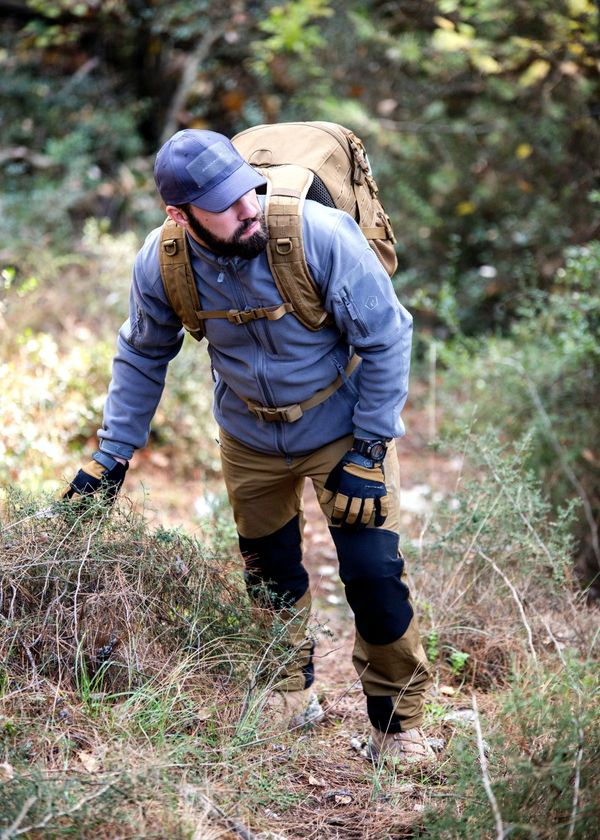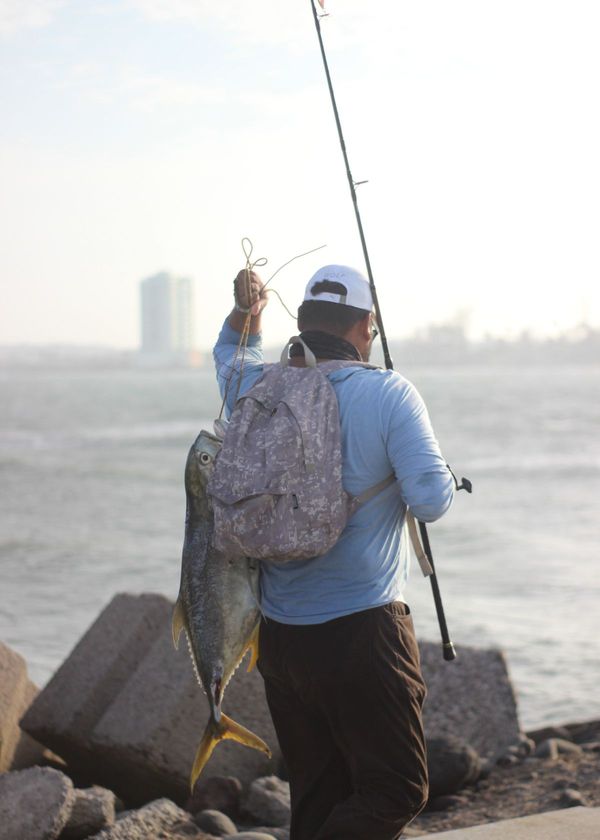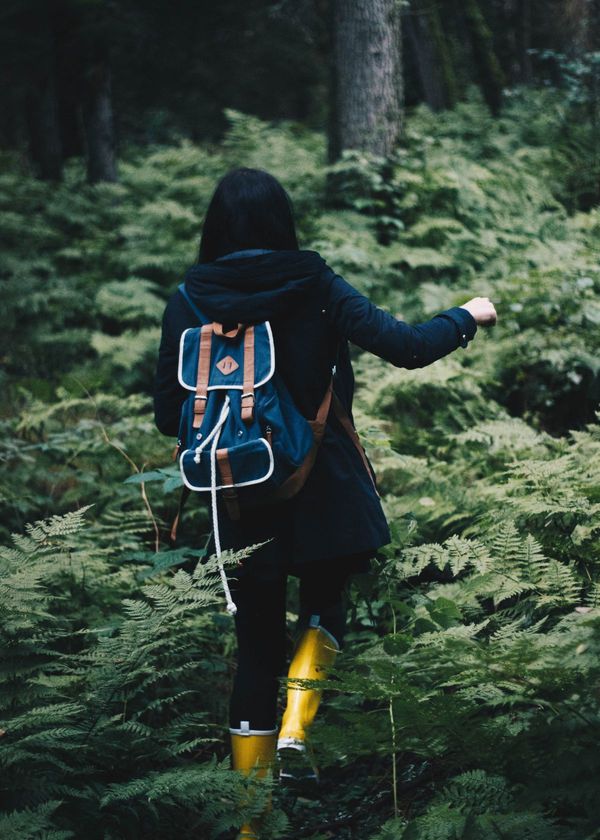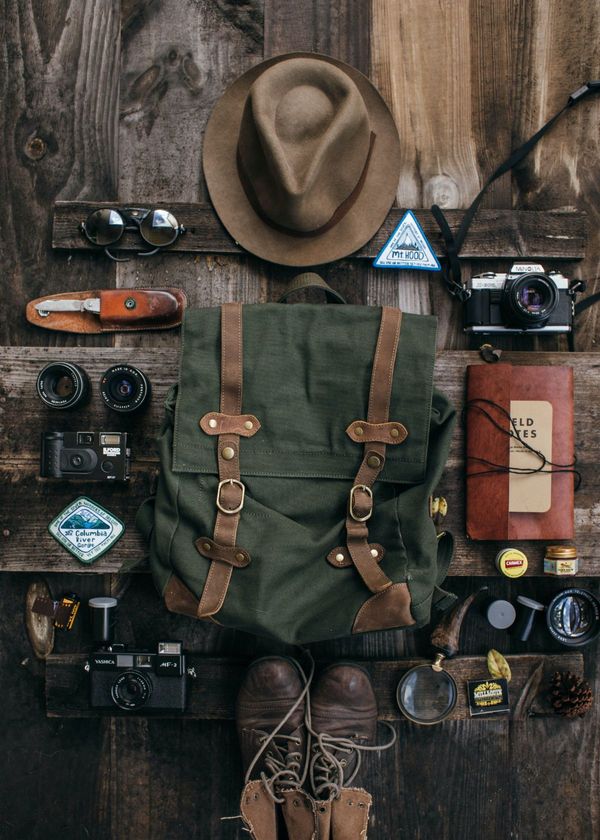Hiking is one of the most popular outdoor activities that offer a perfect opportunity to connect with nature and explore scenic trails. But before hitting the trail, it's crucial to make sure that you are appropriately dressed for the journey. What you wear while hiking can make or break your entire experience, affecting your comfort, safety, and overall enjoyment.
Choosing the right hiking outfit may seem daunting, but it doesn't have to be. The key is to strike a balance between comfort, functionality, and protection. Your outfit should keep you cool, dry, and comfortable in hot weather, warm and insulated in cold weather, and protect you from the sun, wind, and insects.
The type of clothing you wear will depend on the climate, terrain, and length of the hike. You may need to layer up or down, wear breathable fabrics, and opt for footwear that offers ample support and traction. The possibilities are endless, from hiking boots to moisture-wicking socks, breathable tops to a waterproof rain jacket, and convertible pants to sun hats.
In this guide, we will explore some essential tips and tricks on what to wear for hiking, including the right clothing materials, gear, and accessories to make your hiking trip more comfortable and enjoyable. So, get ready to lace up your boots, grab your backpack, and confidently hit the trail!

Tips and Tricks on What to Wear for Hiking
Hiking is an excellent way to enjoy nature, stay active, and explore new places. However, choosing what to wear can be daunting, especially if you are new to hiking. Wearing the wrong clothing can make your hiking trip uncomfortable and even dangerous. Therefore, it's essential to know what to wear for hiking to stay comfortable and safe and make the most out of your adventure.
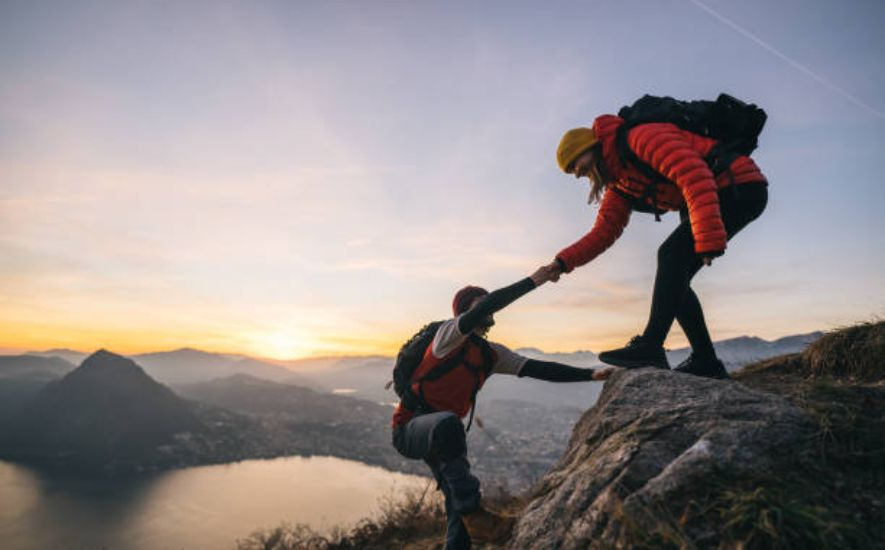
Dress in Layers
The temperature can fluctuate greatly in the mountains, and wearing layers can help you adjust your clothing according to the weather conditions. A base layer made of moisture-wicking material will keep you dry by wicking away sweat from your skin. A mid-layer provides insulation, while a top layer protects you from wind and rain.
Choose the Right Fabrics
Cotton is unsuitable for hiking because it absorbs sweat and moisture, making you uncomfortable and cold. Instead, choose synthetic or wool fabrics that wick away moisture and dry quickly. These fabrics are also lightweight, breathable, and durable, making them perfect for hiking.
Wear Comfortable Shoes
Wearing the right shoes can make or break your hiking trip. Choose comfortable shoes that provide good support and have good traction. Hiking boots are ideal for rough terrain, while hiking shoes are perfect for light trails. Avoid wearing new shoes on your hiking trip, as they can cause blisters and sore feet.
Protect Your Head and Eyes
Wear a hat to protect your head from the sun and keep you cool. A wide-brimmed hat is ideal for sunny days, while a beanie is perfect for colder weather. Sunglasses are essential to protect your eyes from the sun's harmful UV rays and prevent glare.
Don't Forget the Accessories
Essential accessories include hiking socks, gloves, and a backpack. Choose socks made of moisture-wicking materials that prevent blisters and provide cushioning. Gloves protect your hands from cold weather and rough terrain. A backpack is essential for carrying your water, snacks, first aid kit, and other essentials.

Factors to Consider When Choosing Hiking Clothing
Summer hiking is an amazing way to experience the beauty of nature, but it's important to wear appropriate hiking clothes to ensure your comfort, safety, and enjoyment. When it comes to choosing hiking clothing, there are several factors to consider.
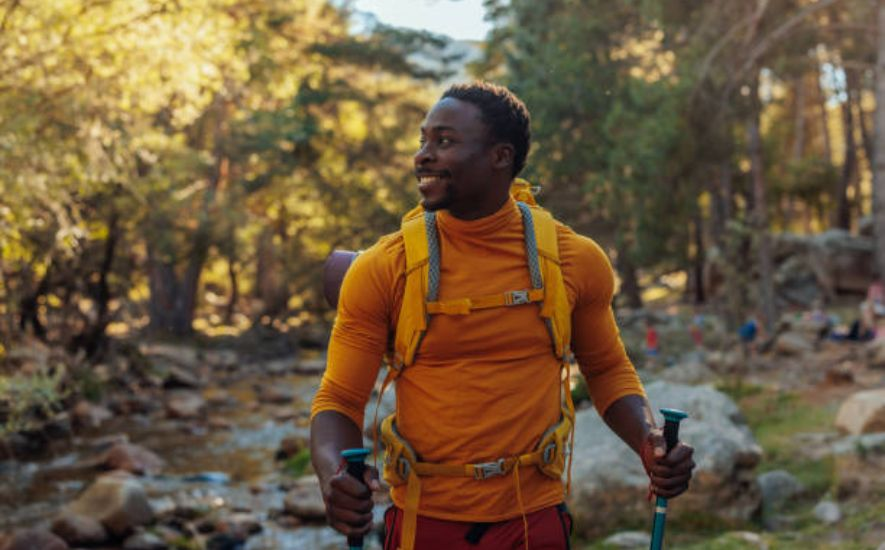
Weather Conditions
The weather conditions of the place where you will be hiking should be the primary factor to consider when choosing hiking clothing. If you're hiking in hot weather, choose clothing that is lightweight, breathable, and moisture-wicking. If you're hiking in cold weather, opt for clothing that provides insulation, warmth, and protection from the wind.
Comfort
Comfort is crucial when it comes to hiking clothing. Choose clothing that fits well, allows freedom of movement, and doesn't cause any chafing or irritation. Look for soft, lightweight, and stretchy materials, and consider layering your clothing for added comfort.
Durability
Hiking can be tough on your clothing, so choosing clothing that is durable and can withstand wear and tear is important. Look for tough, abrasion-resistant materials that can hold up against rough terrain and harsh weather conditions.
Protection
When hiking, protection from the sun, wind, rain, and other elements is essential. Choose clothing that offers UPF protection from the sun, and consider water-resistant or waterproof clothing if you'll be hiking in wet conditions. Look for clothing that provides protection for your head, hands, and feet, and consider wearing insect-repellent clothing to protect yourself from bites.
Visibility
If you'll be hiking in low-light conditions, wearing visible clothing is important. Choose clothing with reflective elements or bright colors to increase your visibility to others on the trail.

Top Clothing Items to Wear When Hiking
Regarding hiking, having the right clothing can make a huge difference in your comfort and overall experience on the trail. From keeping you cool and dry to protecting you from the sun and bugs, choosing the right clothing items can make your hike more enjoyable and safe.
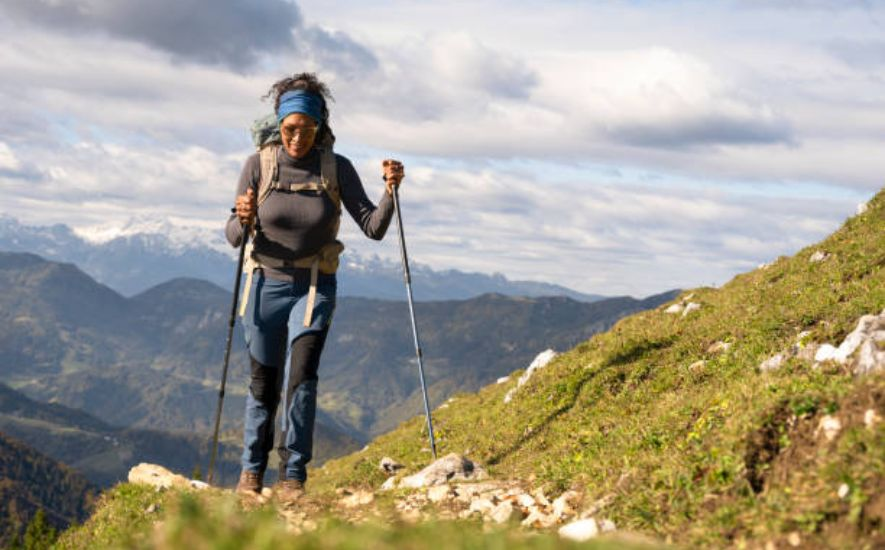
Moisture-wicking T-shirts
A moisture-wicking T-shirt is essential for hiking as it keeps you dry and comfortable by wicking sweat away from your skin. These T-shirts are made of lightweight materials that allow for air circulation and come in different designs and colors.
Hiking pants or shorts
Hiking pants or shorts made of lightweight, quick-drying material are a great choice for hiking. They offer protection from thorns, insects, and the sun. The pants should be stretchy and comfortable, with features like articulated knees, reinforced panels, and zippered pockets.
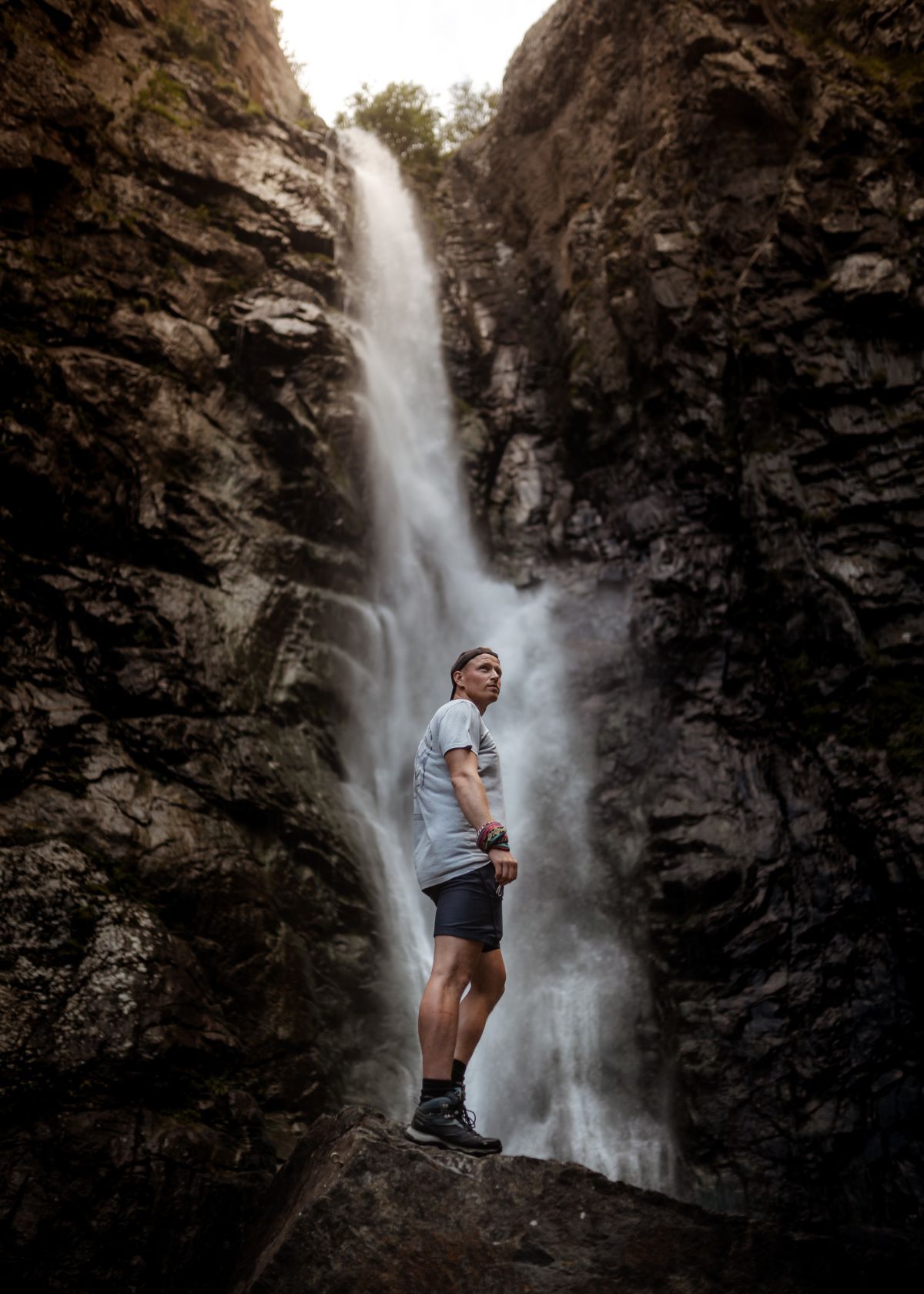
Waterproof Jacket
A lightweight, waterproof jacket is a must-have for hiking. It protects you from rain, wind, and other elements and can be packed away easily in your backpack. Look for a breathable jacket with adjustable hoods and cuffs for a perfect fit.
Hiking boots or shoes
Hiking boots or shoes support and protect your feet on uneven terrain. They should be comfortable and sturdy, with good traction, ankle support, and waterproofing. Make sure to break them in before hitting the trail.
Sun hat
A sun hat is necessary when hiking, as it provides shade and protection from the sun's harmful rays. Look for a hat that is lightweight, breathable, and has a wide brim for optimal coverage.
Sunglasses
Sunglasses are essential when hiking, as they protect your eyes from the sun's harmful UV rays. Look for sunglasses with polarized lenses, which reduce glare and improve visibility on sunny days.
Socks
Good-quality socks are crucial for a comfortable and blister-free hike. Look for socks made of moisture-wicking material, with cushioning in the heel and toe and arch support.

Additional Items to Bring on a Hike
Hiking is a wonderful way to explore nature and enjoy the outdoors. Whether you're an experienced hiker or just starting, it's essential to be prepared for your adventure. While most hikers know to bring the basics like water, food, and proper clothing, some additional items can make your hike more comfortable and safe.
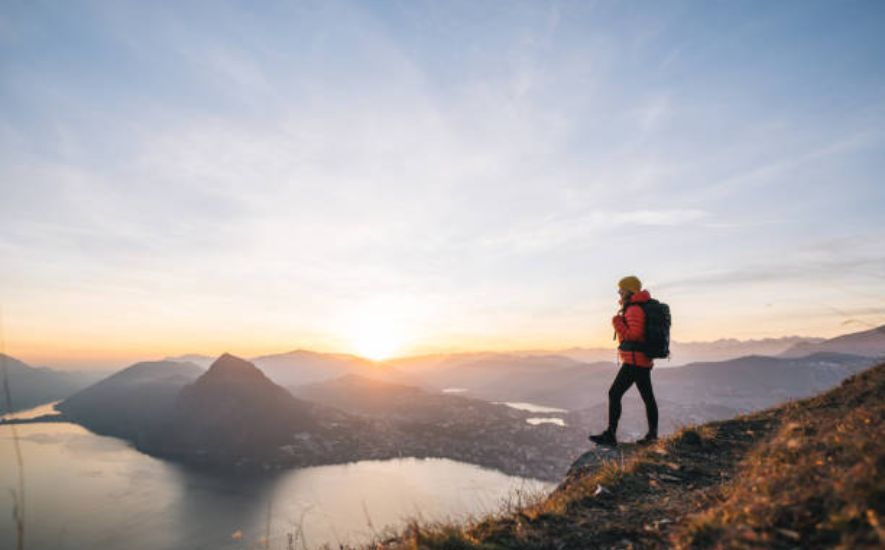
Navigation Tools
One of the most important things to bring on a hike is a map and compass. Even hiking in a well-marked area, having a map and compass can help you navigate if you get lost or disoriented. It's also a good idea to bring a GPS device or a smartphone with a GPS app, but remember that these devices can fail or run out of battery, so don't rely on them entirely.
First Aid Kit
Accidents can happen on any hike, so bringing a basic first aid kit is important. Your kit should include bandages, antiseptic wipes, pain relievers, and prescription medications. It's also a good idea to bring a small booklet on first aid techniques, in case you need to treat a more serious injury.
Sun Protection
Hiking exposes you to a lot of sunlight, so protecting your skin and eyes is important. Bring sunscreen with an SPF of at least 30, a hat or visor, and sunglasses. It's also a good idea to wear clothing covering your arms and legs, especially hiking in a sunny area.
Insect Repellent
Depending on where you're hiking, you may encounter mosquitoes, ticks, or other insects. Bring insect repellent to protect yourself from bites and possible infections.
Emergency Shelter
If you're hiking in an area where the weather can change quickly, bringing an emergency shelter like a lightweight tent or a bivy sack is a good idea. This can provide shelter from rain or wind and help keep you warm if the temperature drops.
Multi-Tool
A multi-tool like a Swiss Army Knife can be handy on a hike. It can be used to cut rope or branches, open cans, and perform other tasks. Bring a high-quality multi-tool with a sharp blade and sturdy construction.
Extra Food and Water
Always bring more food and water than you think you'll need. Having extra supplies is better than running out of food or water during your hike. Consider bringing high-energy snacks like trail mix or energy bars, and drink water regularly to stay hydrated.

Tips for Dressing Appropriately for a Hike
Hiking is a wonderful way to experience nature and get some exercise at the same time. But it's important to dress appropriately for your hike to ensure your comfort and safety.
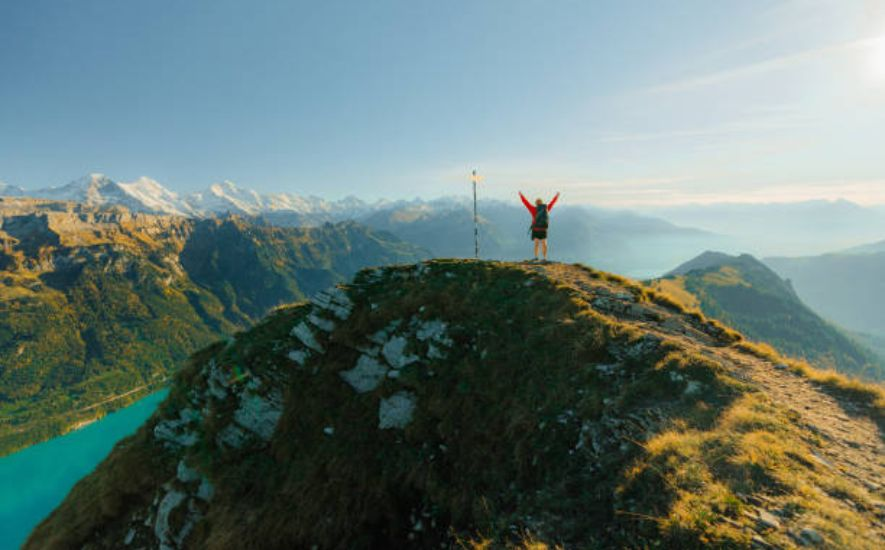
Start with a Base Layer
When dressing for a hike, a good base layer is essential. This layer should be made of a moisture-wicking material, such as synthetic fabric or merino wool, that will help keep you dry and comfortable. Avoid cotton as it tends to hold moisture and can cause chafing and discomfort.
Choose the Right Clothing
When selecting clothing for your hike, consider the weather and the terrain you'll be walking on. Wear lightweight and breathable clothing for warm weather, such as shorts and a t-shirt or tank top. Choose layers that can be easily added or removed in cooler weather, such as a long-sleeved shirt, fleece jacket, and waterproof shell. Wear sturdy and comfortable shoes with good grip for hiking on rough terrain to prevent slipping and injuries.
Protect Yourself from the Sun
Hiking often involves prolonged exposure to the sun, which can damage your skin. Protect yourself by wearing a hat and sunglasses and applying sunscreen with a high SPF. You can also wear lightweight clothing that covers your arms and legs to minimize sun exposure.
Prepare for Changing Weather
Weather can be unpredictable, so being prepared for changing conditions is essential. Bring extra layers of clothing in case the temperature drops, or it starts to rain. A lightweight, waterproof jacket or poncho is also a good idea for sudden showers.
Don't Forget the Accessories
Accessories can greatly affect your comfort and safety on a hike. Bring a backpack to carry water, snacks, and extra clothing. A pair of gloves or mittens can keep your hands warm in colder weather, while a hiking pole can provide extra support and balance on rough terrain.

Frequently Asked Questions (FAQs)
The type of clothing you wear for hiking can make or break your experience. The wrong clothing can make you feel miserable and even cause health issues. Here are some questions that come up frequently when we talk to hikers about their clothing choices.
What do beginner hikers wear?
Beginner hikers should wear comfortable and breathable clothing that allows for a full range of motion and sturdy footwear with good traction. Clothing should be made of moisture-wicking materials that keep the body cool, dry, and layered to allow for temperature changes.
A good hiking outfit could include a moisture-wicking t-shirt or tank top, breathable pants or shorts, and a light jacket or fleece for cooler weather. Footwear should be sturdy, with good ankle support and good traction on various types of terrain. It is also essential to wear a hat and sunglasses for sun protection and bring a backpack with water, snacks, and any necessary hiking gear.
What to wear for hiking for ladies?
When it comes to choosing what to wear for summer or cold weather hiking, ladies need to consider the conditions of the hike and the type of terrain they will be traversing. Generally, a moisture-wicking shirt, breathable pants or hiking shorts, and sturdy winter hiking boots or shoes with good traction are essential.
Layering with a fleece or jacket and a rain shell is recommended for colder or wetter weather. A hat, sunglasses, and sunscreen are also important to protect from the sun's rays. Additionally, a backpack to carry essentials such as water, snacks, and first aid supplies is crucial. Avoiding cotton clothing is also important, as it can trap moisture and cause discomfort.
Do you wear jeans when hiking?
Wearing jeans when hiking is not recommended as they are heavy, restrictive, and do not provide adequate protection or moisture-wicking capabilities. Jeans also take a long time to dry, which can be uncomfortable in wet conditions.
Instead, it is better to wear lightweight, moisture-wicking fabrics such as synthetic or wool-based materials that can keep you dry and comfortable throughout the hike.
Additionally, it is important to wear appropriate hiking footwear, such as hiking boots or shoes, to provide traction and support on rugged terrain. It is also advisable to dress in layers, so you can easily regulate your body temperature as you hike through different climates and elevations.
What should I wear if I don't have hiking boots?
If you don't have hiking boots, you can still go hiking by wearing sturdy, comfortable shoes supporting your feet. Look for shoes with a solid sole, good grip, and a comfortable and secure fit.
Sneakers, running shoes, or trail running shoes for trail runners are good options for shorter hikes on well-maintained trails. Consider wearing hiking sandals or lightweight hiking shoes that offer more protection and support for longer and more challenging hikes. Remember to dress appropriately for the weather, wear your best hiking clothes, and bring extra layers and rain gear.
Can I wear leggings for hiking?
You can wear leggings for hiking, but it's important to consider the weather conditions and the type of trail you'll be hiking on. Leggings can be a comfortable and lightweight option for mild weather and easy-to-moderate courses. However, if you're hiking in colder or wetter conditions, you may opt for pants that offer more insulation and protection from the elements.
Additionally, if you're hiking on rough or rocky terrain, leggings may not provide enough abrasion resistance, and you may want to consider pants with reinforced knees and seats. Ultimately, choosing what to wear for hiking depends on your preference, the weather conditions, and the terrain you'll be hiking on.

Conclusion
In conclusion, deciding what to wear for hiking is critical to planning your outdoor adventure. Proper clothing and gear can help you stay comfortable, safe, and protected from the elements while thoroughly enjoying the natural beauty.
Whether you're embarking on a short day hike or a more extended backpacking trip, it's essential to consider the terrain, weather conditions, and your personal preferences when choosing your hiking outfit. With suitable clothing and equipment, you'll be ready to confidently tackle any trail and make the most of your time in the great outdoors.







